Description
CORNUS officinalis also has the vernacular names of Japanese cornel and Japanese cornelian cherry. Indeed, this type species is a fabulous plant in more than one way:
- Towards the middle of winter, in February, March, it flowers abundantly (see our photo above) before the leaves grow. Winter-flowering shrubs are very rare in the plant world. In addition, these yellow flowers are honey-producing and constitute a source of food for bees and insects.
- In summer, the flowers are replaced by cornels (or cornelian cherries). These red fruits can be eaten as such, but they are also transformed into juice, jams or jellies. They are rich in vitamin C, among other things.
- In fall, the usually green deciduous foliage turns into a real fireworks display (look at our photo). The leaves then take on flamboyant red colors.
- Then, at the start of winter, when the leaves have finally fallen and the plant has aged a little, you will discover the very decorative bark.
- Finally, this plant is very easy to grow. Therefore, it is suitable for both beginners and experienced gardeners.
- Thanks to its fairly small size, this shrub is suitable even for small gardens.
In the same vein, we also offer the following dogwoods:
- CORNUS officinalis ‘Gold Puff’
- CORNUS mas ‘Jolico’ (with even larger fruits)
- CORNUS mas ‘Aurea’ (with yellow foliage)
- CORNUS mas ‘Variegata’ (with green foliage variegated with white/cream)
How to grow and care for CORNUS officinalis?
As we have already stated, C. officinalis is a very easy to grow plant. It is happy with a pot or a container on a terrace, a corner in a flower bed or in a hedge.
The soil may be light, normal or heavy in a moist, medium moist or dry location. This shrub tolerates any pH.
Given its small growth, it is not necessary to prune it. However, it can easily withstand pruning in winter before flowering, if you feel the need (in a hedge for example).
Of course, it easily survives temperatures below -20°C.
For a good preparation of the pot or ground, we have designed specific instructions available here. Furthermore, discover here how to water your garden and save water.
History and Origin
CORNUS officinalis comes to us from Asia and, to be more precise, from Japan, China and Korea. In these countries, it is used as an edible plant and a medicinal plant. Moreover, this shrub contains different beneficial elements for the treatment of various pathologies.
Fruits are rich in potassium, calcium, sodium, iron, zinc to name a few.
In traditional Chinese medicine (TCM), dogwood is used for its tonic effects and the improvement of liver and kidney functions. Finally, it is also appreciated for boosting fertility and reducing sperm mortality.

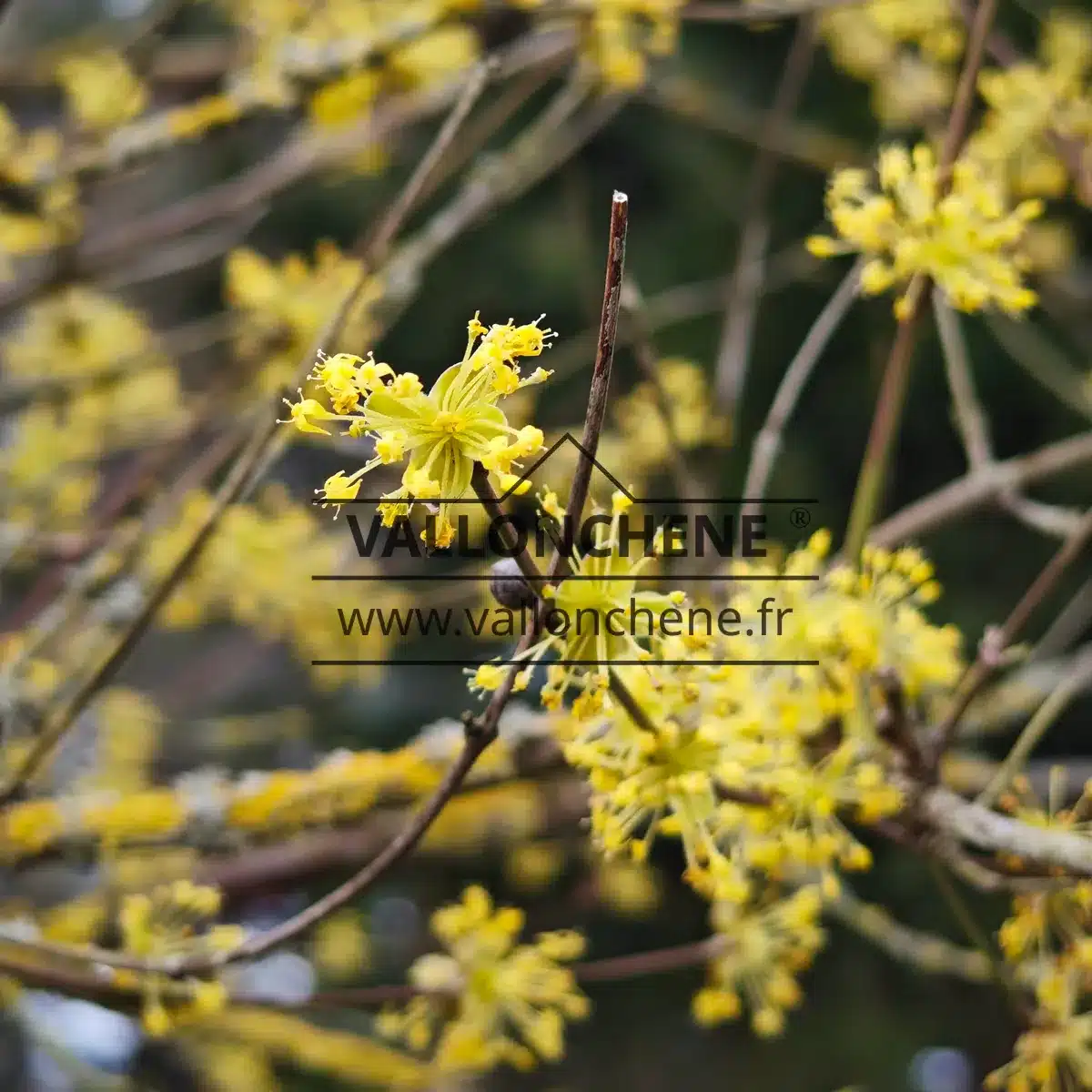
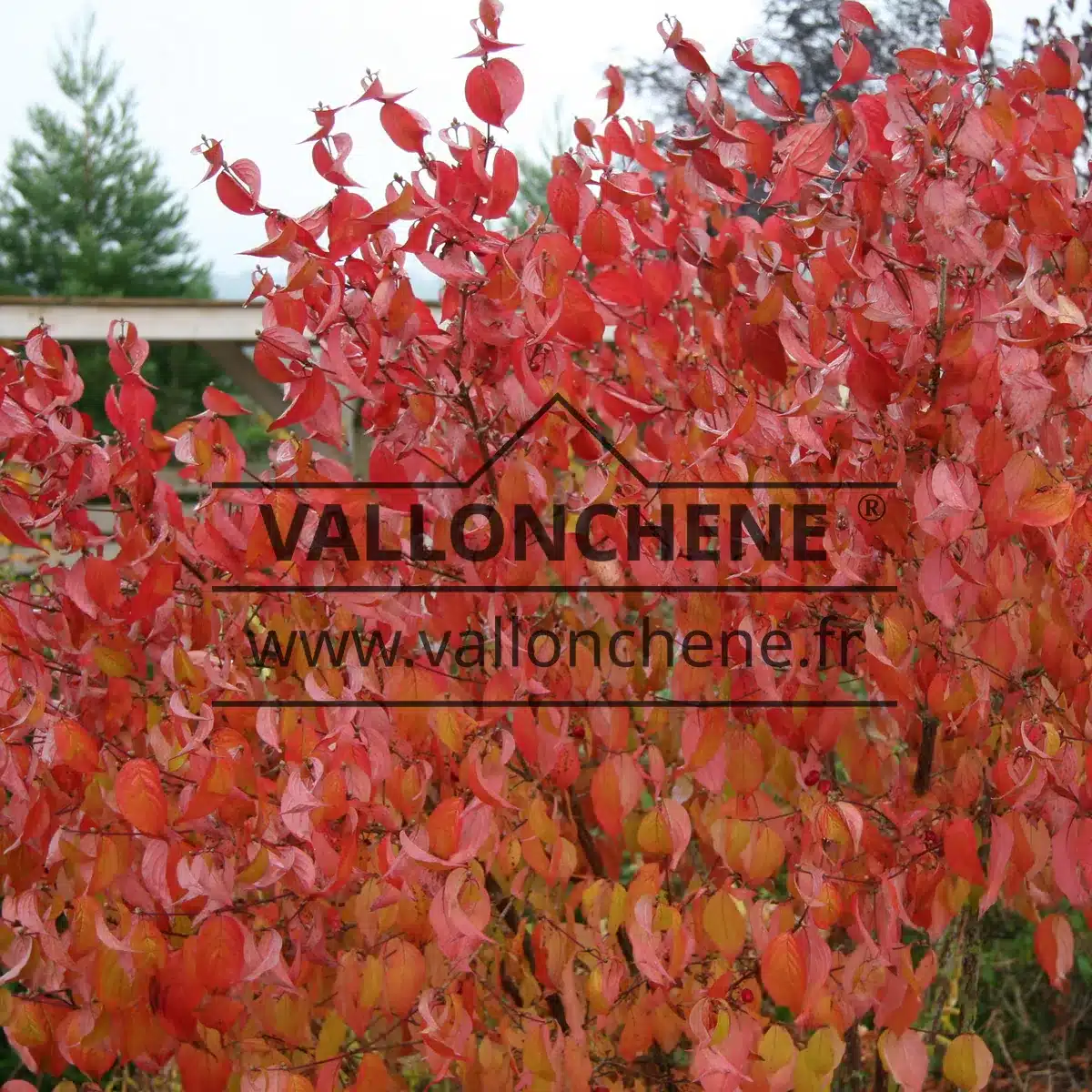
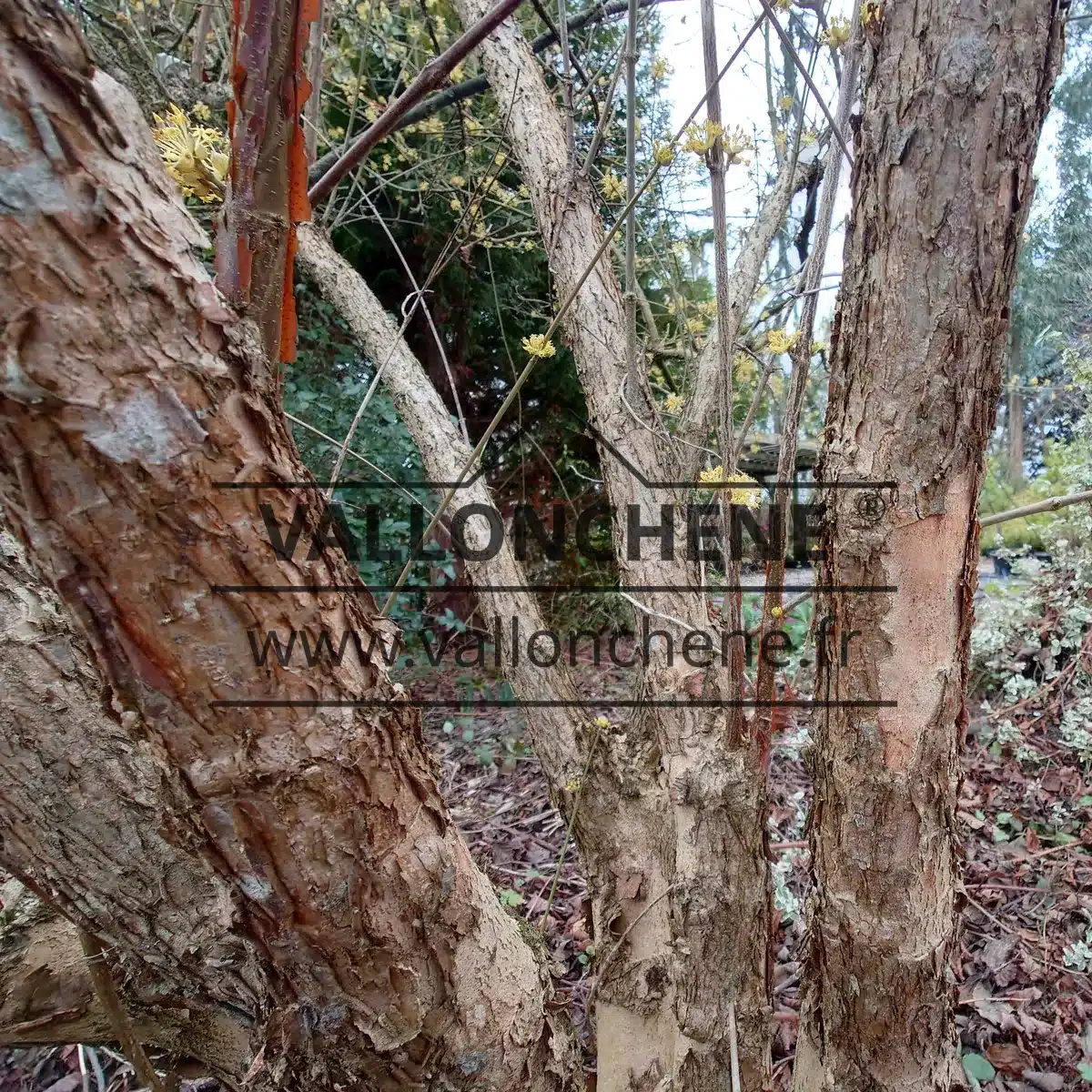


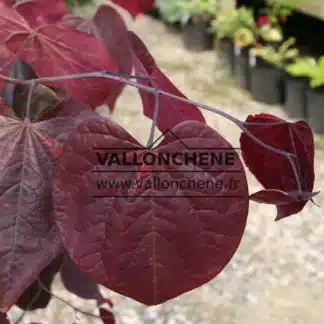


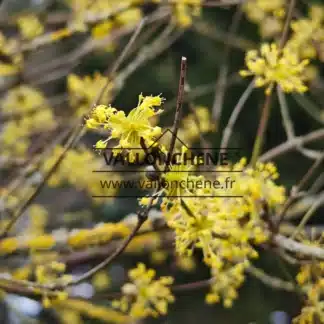
Jacques (verified owner) –
J’aime bien, au jardin, avoir les saisons bien marquées
Cet arbuste présente plusieurs intérêts suivant les différentes saisons et de plus la qualité de ma terre assez moyenne ne devrait pas être un souci pour ce Cornus mas